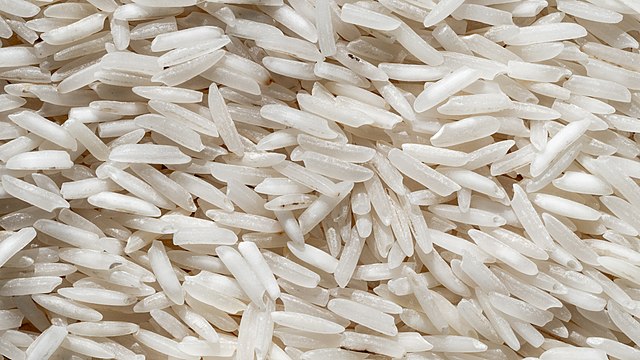The use of climate-smart nuclear technology has improved rice production in Asia by at least 176% in six trial nations.
This is courtesy of the Atoms4Food program by the International Atomic Energy Agency (IEEA) in partnership with UN’s Food and Agricultural Organization (FAO). The two bodies atomic program combines organic and chemical means to improve paddy yields.
The program’s field trial in six areas in Sindh and Punjab within Pakistan showed yield improvements of 176% for long grain rice. This is even as the keynote basmati variety increased yields by 188% .
Bangladesh, Laos and Vietnam also reported rice production increases by between 1 and 2.5 tonnes a hectare through nuclear intervention.
Atoms4Food/Integrated Option Initiatives
Farmers attribute these positive outcomes to two FAO-IEEA climate-friendly technology initiatives, namely Atoms4Food and Integrated Option.
The Integrated Option, for one, combines artificial and organic fertilizers to boost productivity. At the same time, it brings 36% less ammonia emission from rice cultivation.
This echoes an independent trend in Indonesia, where farmers have successfully combining liquid maggot fertilizers with other manure.
Because rice feeds 60% of Asians and 50% of the world population, its cultivation contributes substantial emissions. 48% of all greenhouse gas emissions from global croplands come from rice cultivation, partly due to the use of nitrogenous fertilizers.
To the rescue are atomic initiatives such as the above, which are reducing these emissions and enhancing food production.
How does Nuclear Technology Work in Food Production?
According to IAEA, nuclear technology improves crop production through the breeding of robust seeds and making the soil fertile.
In the breeding aspect, scientists mutate the best seeds and come up with “super crops” that can withstand harsh climate.
Atomic processes also employ isotopes to measure the soil’s fertility and its drainage capacity to improvise the best fertilizer combinations.
Precision technology also measures nutrition deficiency in crops including rice and add vital nutrients to restore their original yields.
Interestingly too, nuclear methods also help farmers naturally fight insects without using harmful pesticides. One of these is IEEA’s “sterile insect technique,” which interbreeds irradiated pests with those on a farm environment to weaken them.
In summary, upshot rice production in Asia shows that paddy farming is leaning more and more towards nuclear technology. To learn more about rice cultivation in Asia as a whole, read on the below statistics.
Asia Rice Statistics
Asia is home to 90% of the world’s supplies of rice, as of 2022. Single countries like India and China produce 19 to 20 times more rice than the single biggest origin outside Asia, Brazil. In 2022, for example, China led with 208.49 million tonnes while India followed with 196.25 million tonnes. Both populous nations are home to 50% of the world’s total rice cultivation and consumption. In comparison, Brazil as the only non-Asia nation in 2022’s top ten rice-producing nations, yielded 10.78 million tonnes.
The cultivation of rice in Asia is a big time activity and governments allocate resources to its production. These resources include large swathes of public land. This is why there are over 135 million hectares under rice on continental Asia. Besides, the rice sector offers direct jobs to around 300 million Asians.
What percent of Asia’s population consumes rice?
According to IEEA in its report on nuclear-based rice production, rice is the staple diet of 60% of Asians. It is no surprise then that the continent not only produces 90% but also consumes 90% of the global rice output.
How much rice does a person in Asia eat per day by worldwide terms?
An average person especially in the Philippines, Laos, Vietnam, Cambodia and Thailand consumes over 110 kg of rice per year. This is per 2014 data by the New York Academy of Sciences. By comparison, Latin American countries average 45 kg a year (2014), while the Caribbean 70 kg per person a year.
